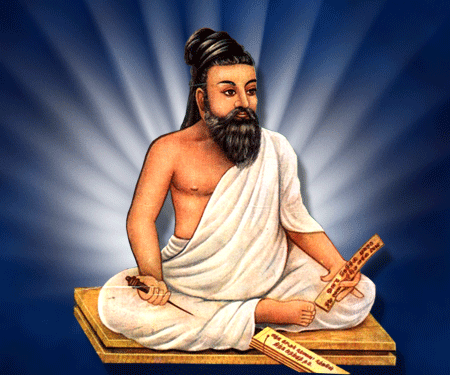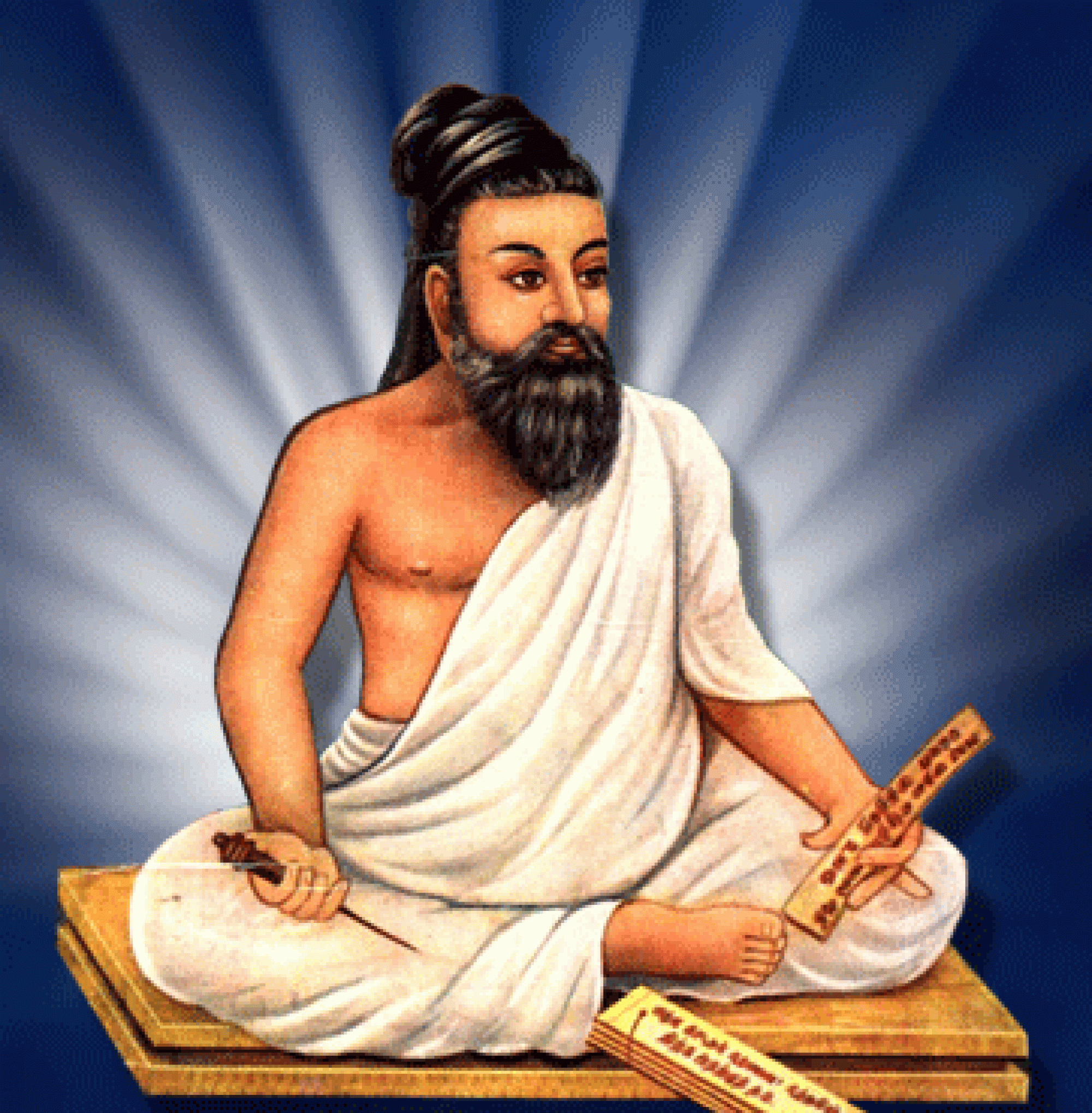Thiru. R.Balakrishnan I.A.S, Deputy Election Commissioner, Election Commission of India had presented numerous research papers and he specializes in toponymical probe. His papers prove that Tamils were spread over the whole of India and Tamils ruled whole of India.
“Place names are fossilized representations of the past. In retracing the footprints of our ancestral migrations, place names can be our guiding stars. Our case in this regard is built on the foundation that the migrating people do carry their place names and reuse them in new found homeland as a mark of continuity with past.” says R.Balakrishnan explaining the rationale of the toponymical probe he had ventured into.
In an article that appeared in the International Journal of Dravidian Linguistics, R.Balakrishnan throws “New lights on ancient contacts between Kalinga and Indonesia”. A study conducted by him revealed remarkable similarities between the place names of Java, Sumatra and Bali regions of Indonesia on one hand and the places of Southern Orissa on the other hand. The Chilka region of Orissa seems to have been the focal point of Kalingan interactions with South East Asia.
Balakrishnan is serious in his research and had done extensive travel to remote regions to draw similarities of place names. In another research paper titled Tamil: A Toponymical Probe he had given a long list of place names that bear the “Tam” prefixes. In a state wise alphabetical list of Tam prefixed place names in India, he states that in Andhra Pradesh [29], Arunachal Pradesh [11], Assam [38], Bihar [53], Gujarat [5), Goa [1], Haryana [3], Himachal Pradesh [34], Karnataka [24], Maharastra [120], Meghalaya [5], Manipur [14], Madya Pradesh [60], Nagaland [4], Orissa [84], Punjab [4], Rajasthan [26], Tamil Nadu [10], Uttar Praseh [64], West Bengal [24] with a grand total of 612 places names resembling Tamil and Tamil influences do occur.
The spread of Tamil conquests and migration
This research may sound funny, but researches are always working out new avenues to trace truths of the past. One of the pioneers of rice research in India Mr.Ramiah had identified Jeypore region of Orissa as another independent center of origin of rice. Subsequent researches established that broad geographical region comprising Jharkand; Chattisgarh, Western Orissa and Jeypore tracts of Orissa satisfy the basic requirements to claim as center of origin of cultivated rice. If one can trace roots of rice cultivation why not trace roots of a civilization and its spread, asks Dr.Arivunambi, Dean of Tamil Studies in Pondicherry University.
“In the Godda District of Bihar there is a village named Tamilgoda. In that District alone there are 12 place names, which end goda Tamilgoda is one of them. In the Puri District of Orissa a place name called Tamilikudi draws our immediate attention. There is no need to establish the Dravidian etymology of the suffix kudi. Tamilikudi is not an isolate case of occurrence as there are 37 place names with kudi suffix within the administrative boundary of Orissa.
“In the process of locating Tamil related place names the entire list of India was scrutinized and I found a name called Tamia in Chindwara District of Madya Pradesh. Having come across Tamilgoda and Tamilkudi is not surprising to me. However when this name was noticed in the surprising company of such typical Tamil place names Palani, Tekadi, Theni, Bodi and many other geographical names that are in currency in the Madurai region of Tamilnadu and its adjoining upcountry neighbor Idukki, its significance and implications could be understood,” says Balakrishnan.
Another research paper titled “Toponymy of Konark”, by Balakrishnan traces the spread of the word Kona. The place name of Konark is a combination of two words kona and arka. A search for Kona as a place name prefix reveals as many as 249 occurrences. Out of this Kona, a mono word place name has been used at least in 13 places [4 in Andhra Pradesh, 3 in Uttar Pradesh, 2 in Madya Pradesh one each in Orissa, Bihar, Haryana and Maharastra]. Kon seems to be a universal term. ‘The primitive tribes of Austro-Asiatic and Dravidian origin use the term as much as the speakers of Indo-Aryan do. Even the English terms such as cone, conical based on Latin conus (derived from Greek konus) show definite affinity with the term.
Depending on the context, Vedic people used a number of terms to denote angle and most common of them is Karna. The term Karna means Sun, the son of Kunti by Surya and hence the sun nexus of the term would be obvious. Karna denoting ray or beam of light is considered to be the basis for the Greek term Karneios that means radiant. This establishes the nexus between the angle and ray. The Peruvian prefix Kon means Sun and the mythical Sun king who claimed direct descent from Sun is called Kon-Tiki. So goes on Balakrishnan identifying in Iran on the Gulf of Oman just 3 km away from main coastline a village called Konark. About 5 kms away from Persian Gulf he traces another village Konark. Again in the plateau of Iran he finds Konark. The toponymical probe is a new way to establish oneness of the human race. Deveneya Paavanar and his successor R.Madhivanan have used etymological probes to prove that all languages emanated from one common language. As all continents were once united in Pangea that in Latin means All Earth, the distribution of place names across continents in another way proves continental drift and the migration of human race from one place to another.

